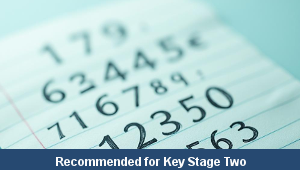Rain Umbrella

This English teaching pack for Key Stage Two gets the children to explore how to choose and work with special vocabulary words to compose and present a shape poem describing the weather that can be experienced on a rainy day.
The class can collect and record synonyms of words that can be used to describe different types of rain to use when composing their poems such as showers and storms.
Download this teaching pack including a lesson plan, classroom activities and an interactive presentation to explore how to choose and work with special vocabulary words to compose and present a shape poem describing the weather that can be experienced on a rainy day
Activities in this teaching pack include a shared reading text to identify and explain how to shape vocabulary words in a poem describing different different types of rain that might affect the school’s location, a worksheet to collect and record synonyms of different words that can be used to describe types of rain and a template to produce a poem in the shape of an umbrella illustrating the weather.
The interactive presentation gets the children to explore how to choose and work with special vocabulary words to use in a shape poem describing the weather on a rainy day.
This lesson is part of an English scheme of work to get the children to practise composing and presenting different types of poems to illustrate how the weather can make changes to the world. There are teaching activities for shared learning, differentiated worksheets to support independent learning and interactive presentations to introduce concepts and key skills.
-

Maths Arithmetic Assessment
Assess abilities in solving arithmetic number problems for addition, subtraction, multiplication and division when working with informal and formal written calculations
-

Environment
Identify and describe some of the special landscapes and locations that can be found in the world and reflect on how they can be protected and preserved for the future
-

Silent Letter Words
Explore and illustrate the meanings and spellings of some different words with silent letters when using them in a range of topics and scenarios
-

Complaint Letters
Explain and model how to format and structure writing when composing letters of complaint about different issues and scenarios
